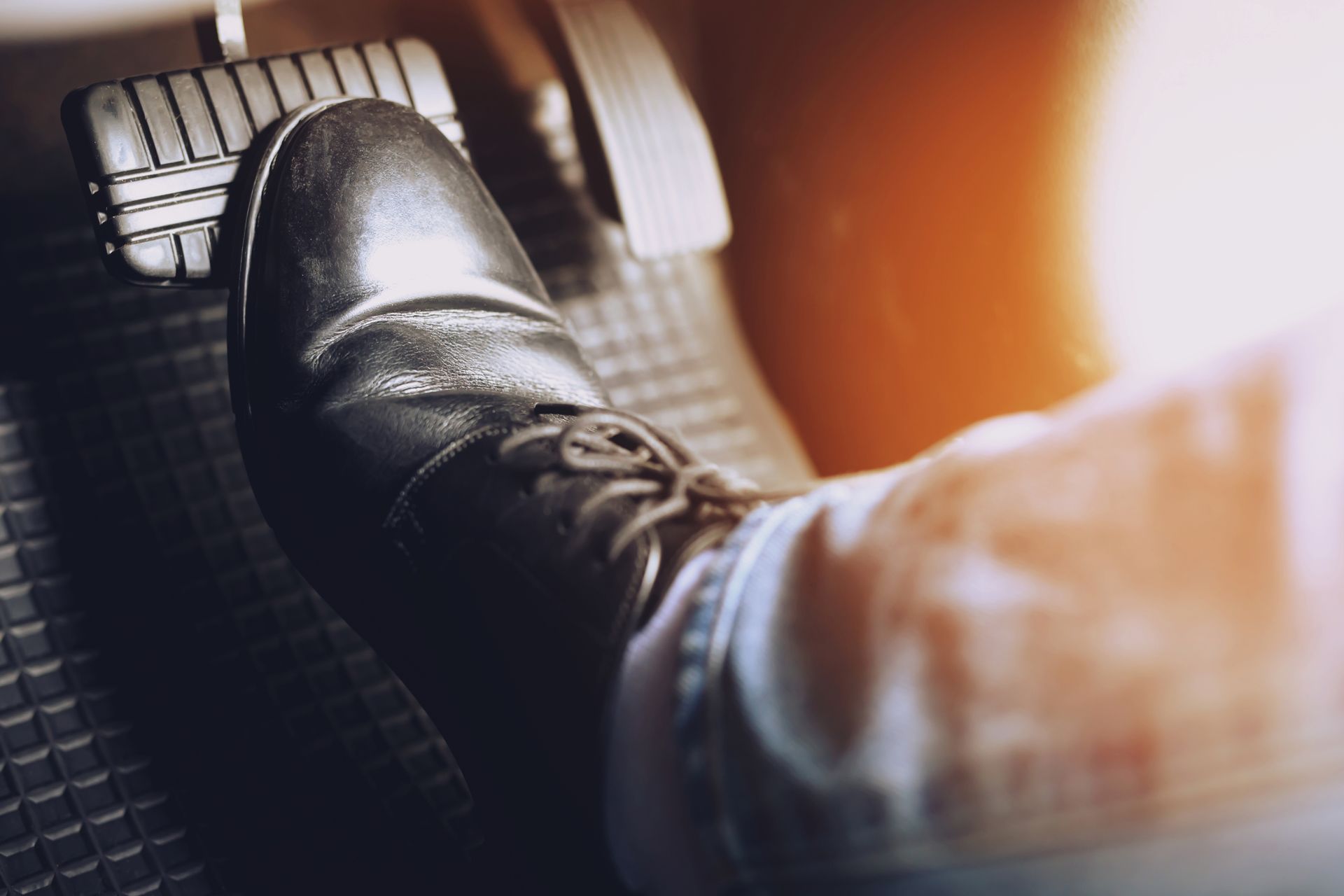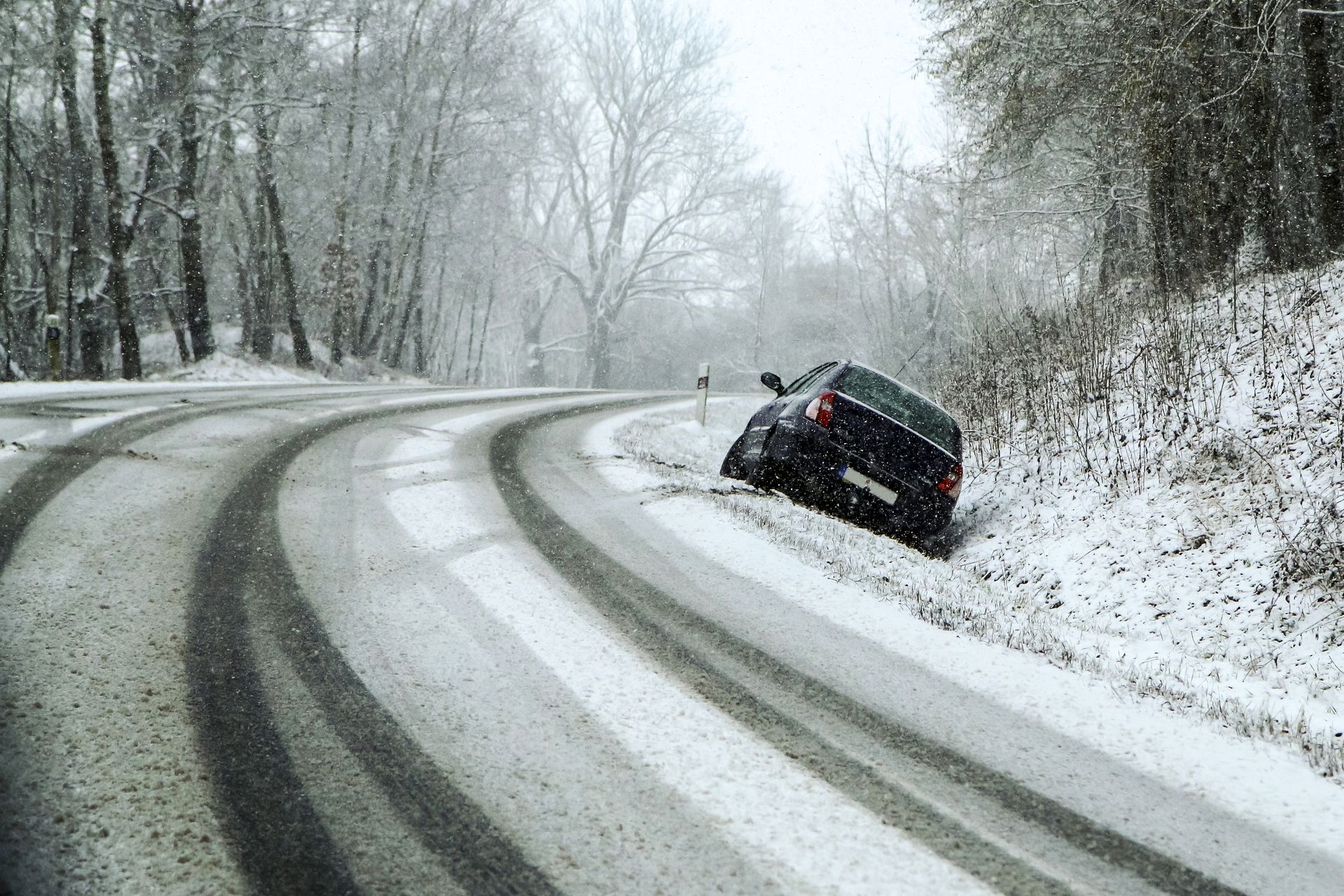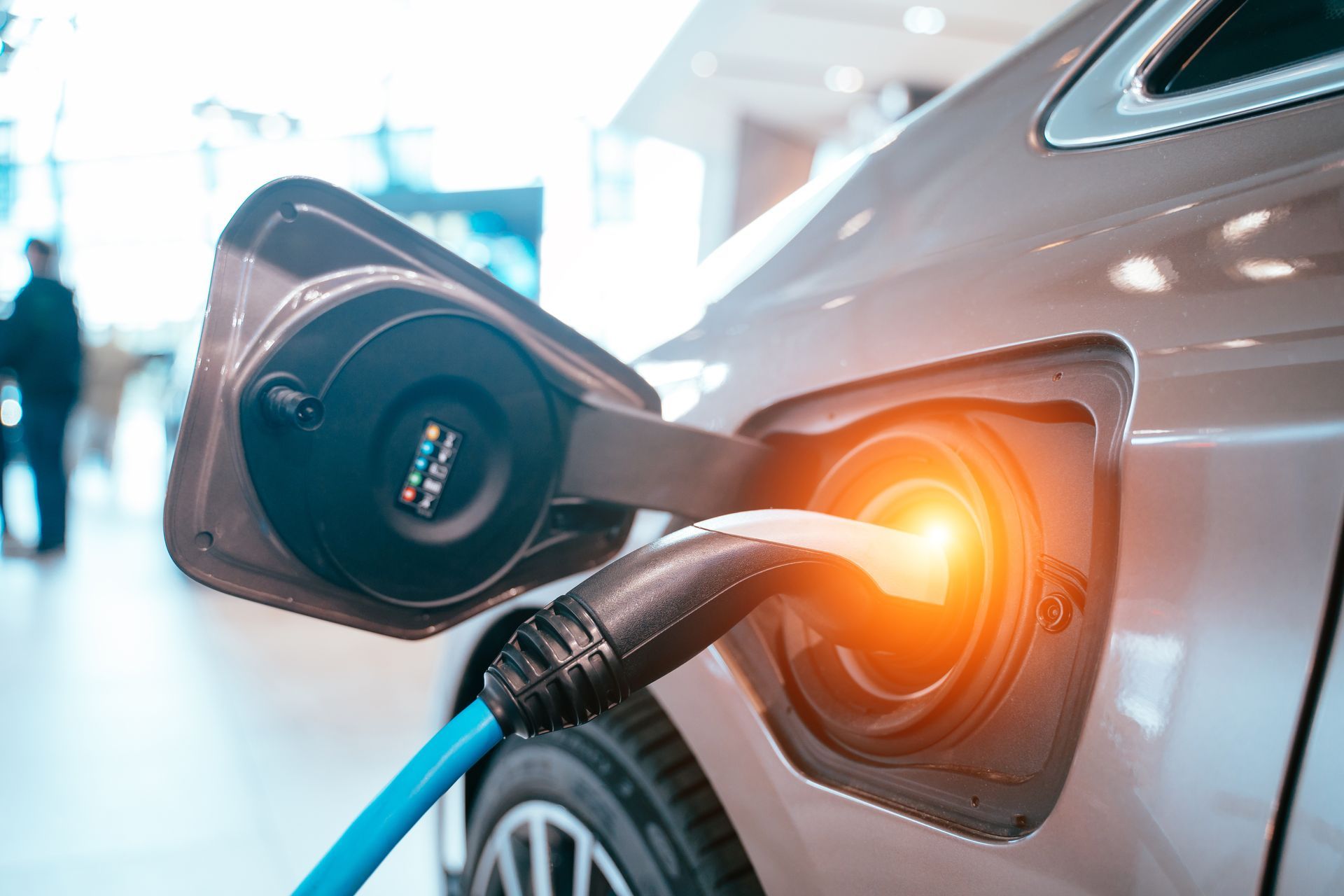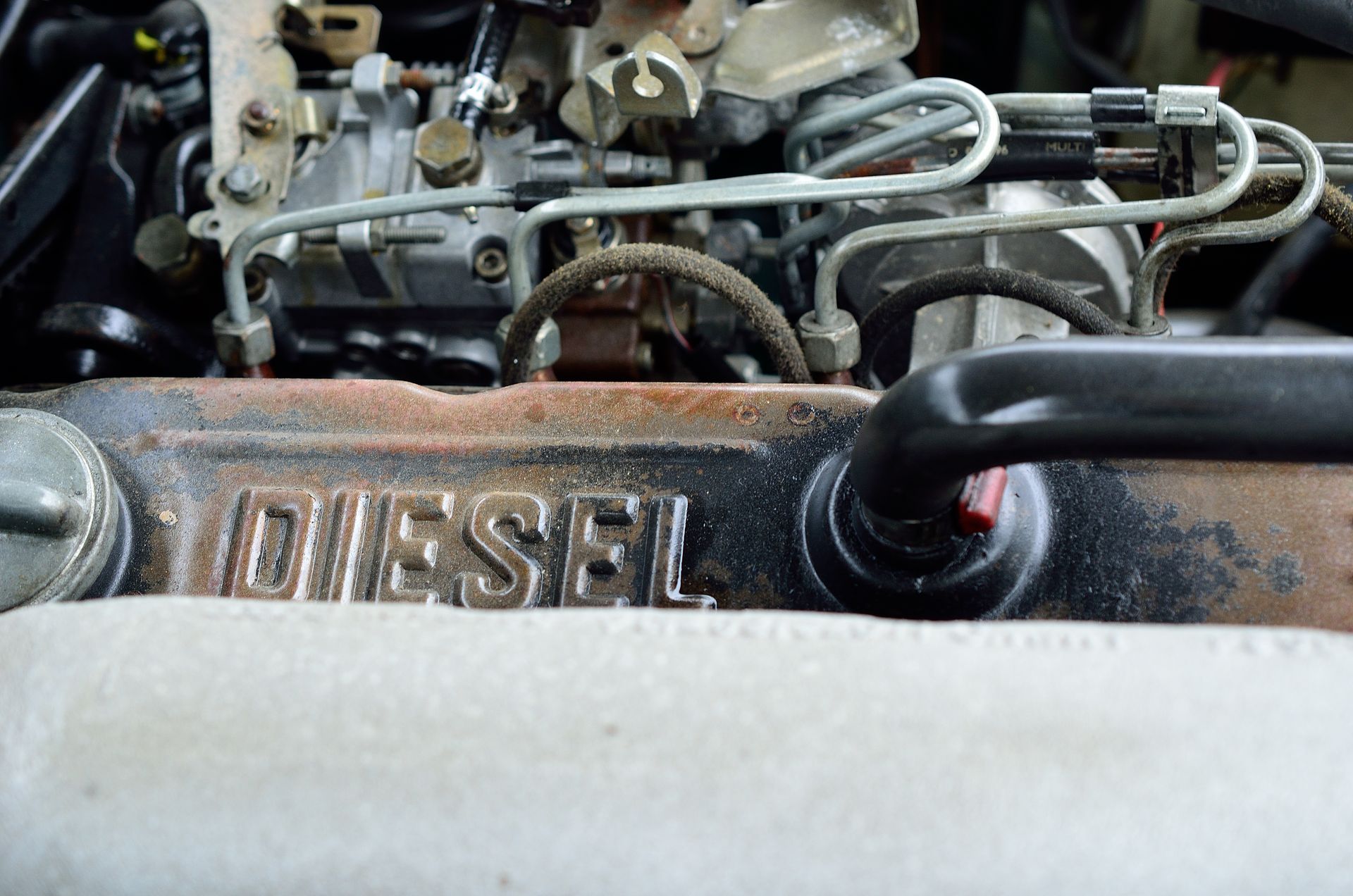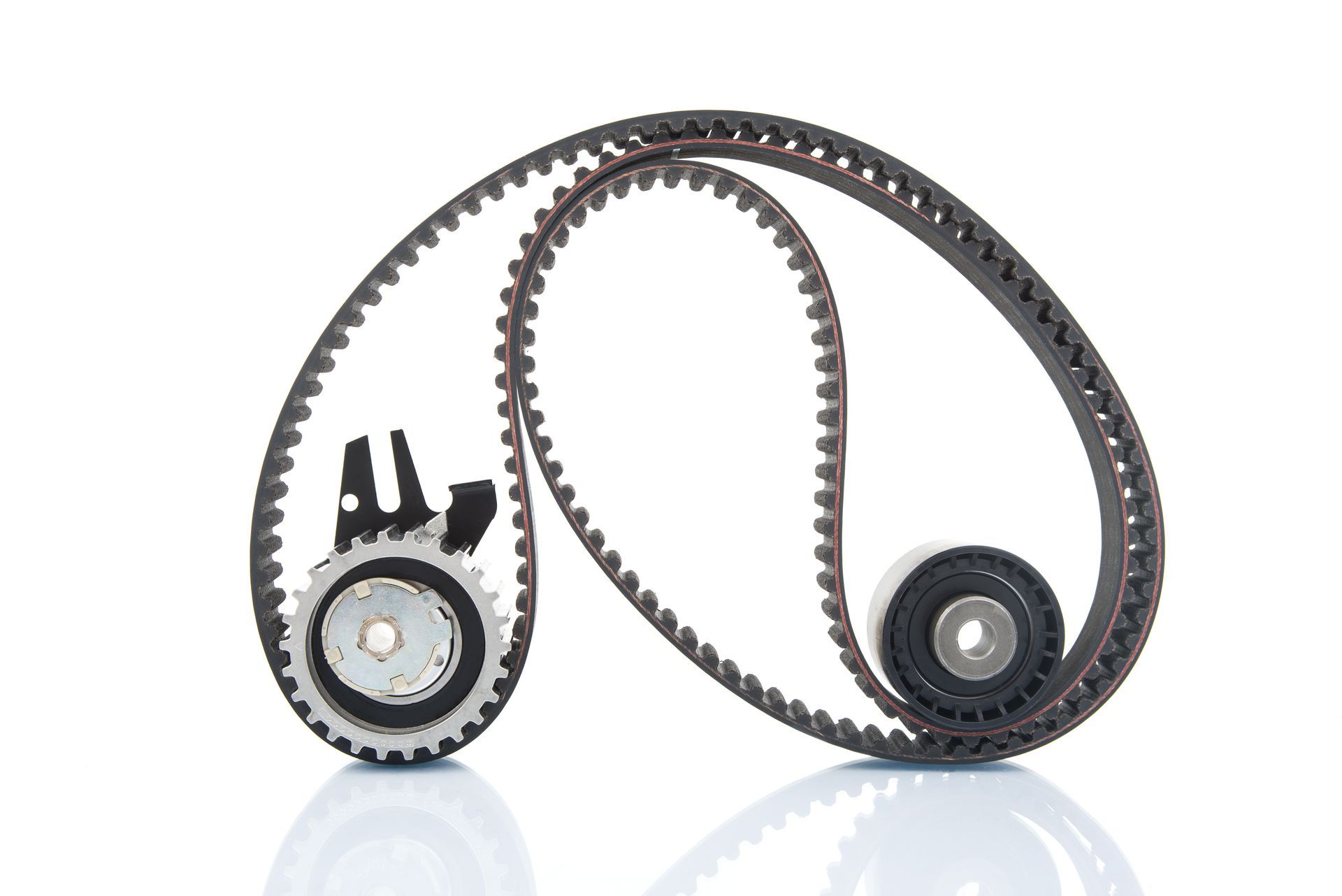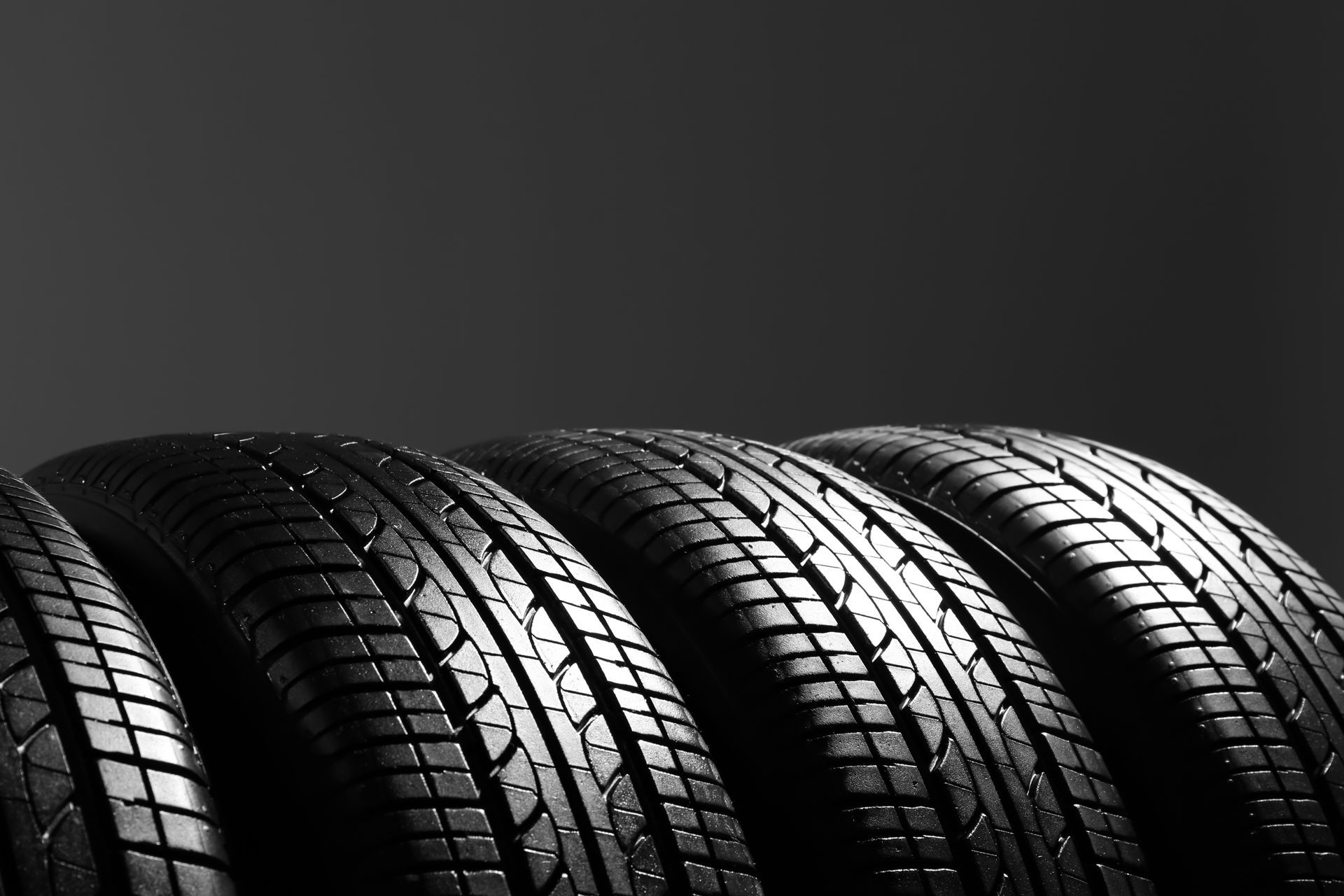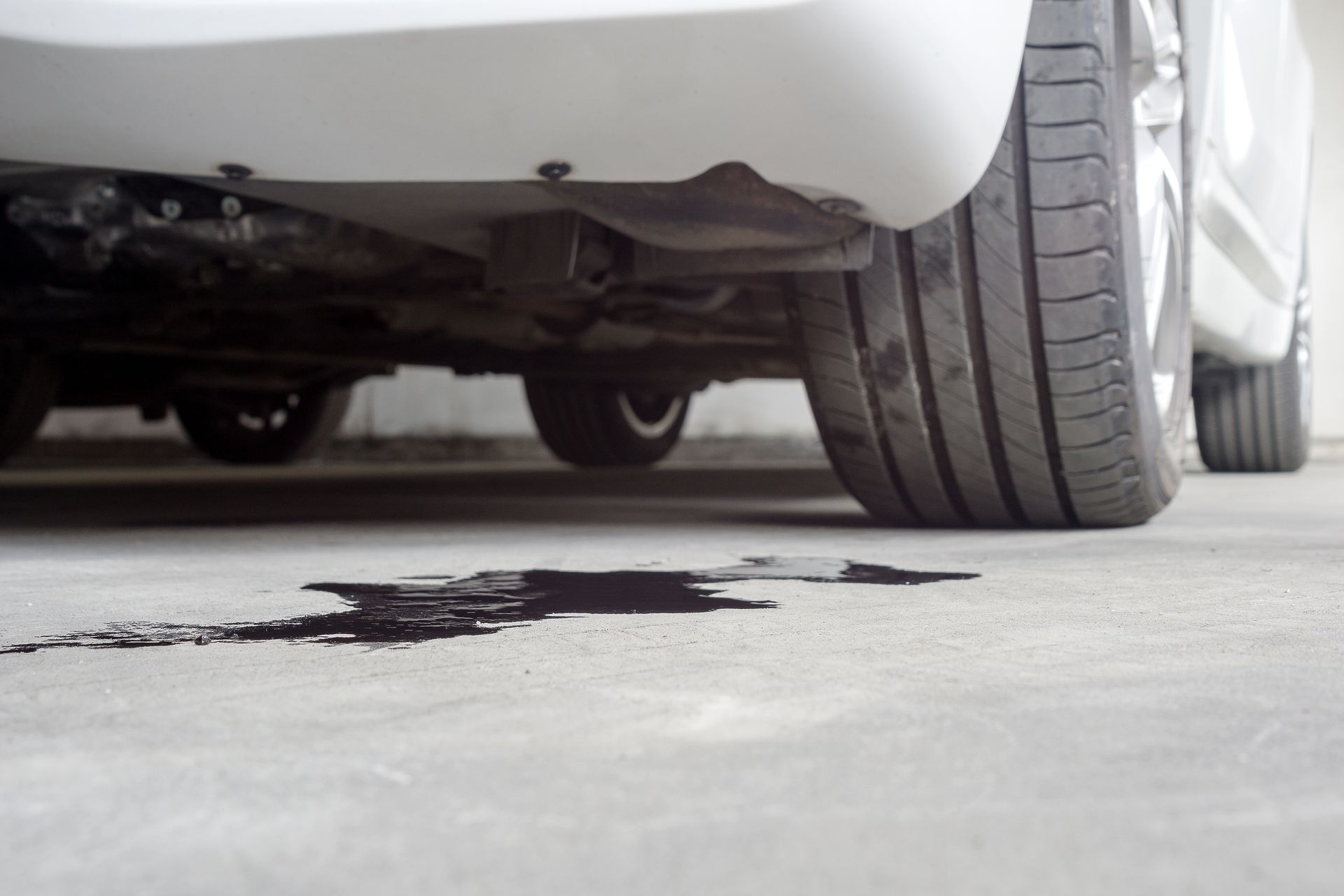Loading ...
Missing business hours data / Error occurred while getting the data.
24 hour service, After hours towing
Loading ...
Missing business hours data / Error occurred while getting the data.
24 hour service, After hours towing
Your Guide to Installing Child Car Seats
September 27, 2024
Every parent knows that safety is the top priority when it comes to their little one. One of the most critical safety measures is properly installing a child car seat. But car seats can be confusing. With different types of seats, varying installation methods, and changing guidelines, it can quickly feel overwhelming. Fortunately, once you understand the basics, getting it right is simpler than you think. This guide will walk you through everything you need to know to ensure your child’s car seat is installed securely.
Why Proper Car Seat Installation Matters
The right car seat, installed the right way, significantly reduces the risk of injury in an accident. A properly installed seat acts as a protective cocoon, minimizing the impact your child may experience during a crash. On the flip side, improper installation can cause the seat to move excessively or fail to restrain your child properly. The stakes are high, which is why getting the installation right is crucial.
Types of Car Seats and Which One to Choose
Before installing a seat, you need to pick the right one for your child. Car seats are typically grouped by the child’s age, weight, and height, so choose based on those factors.
- Infant Car Seats: Designed for newborns and young babies, these seats are rear-facing and provide essential support for an infant’s neck and spine.
- Convertible Car Seats: These versatile seats can be used both rear-facing for infants and forward-facing for toddlers, making them a long-lasting option.
- Booster Seats: For older children who have outgrown forward-facing seats, booster seats help position them so that the vehicle’s seat belt fits correctly across their chest and lap.
Make sure to check the manufacturer’s guidelines for weight and height limits to ensure you’re using the right seat for your child.
Step-by-Step Guide to Installing a Child Car Seat
1. Read the Manual
This might seem obvious, but reading both the car seat manual and your vehicle’s manual is the first step to proper installation. Each car and seat can vary significantly, and knowing how they fit together is essential for safety. Take the time to familiarize yourself with both sets of instructions.
2. Position the Car Seat Correctly
For infants and younger children, the car seat should always be installed in the rear-facing position. This is the safest way for young children to ride. Rear-facing seats protect a child’s head, neck, and spine better in the event of a crash. The seat should be placed in the back seat of the car, away from the airbags.
Older children using forward-facing seats should still sit in the back seat. If your car has an anchor system (known as LATCH), use it to secure the seat, or if you prefer, you can use the vehicle’s seat belt. Both methods are safe when done correctly, but never use both at the same time.
3. Secure the Car Seat Using LATCH or Seat Belt
Your vehicle will likely have a LATCH system (Lower Anchors and Tethers for Children), which can simplify the installation process. Locate the lower anchors between the seat cushions and attach the car seat’s connectors to them. Then, pull the straps tight to eliminate any slack. If your vehicle does not have LATCH, or if you prefer to use the seat belt, thread the seat belt through the designated path on the car seat and buckle it in. Be sure to lock the seat belt and pull it tight to ensure the car seat is snug.
4. Test for Stability
Once the seat is secured, it’s time to check for movement. Grab the base of the seat and give it a firm shake. It should not move more than one inch from side to side or front to back. If the seat moves more than this, you need to tighten the belt or straps further.
5. Adjust the Recline Angle
For rear-facing seats, the correct recline angle is vital to prevent your baby’s head from flopping forward, which can obstruct their breathing. Most car seats come with a recline indicator to help you get the right angle based on your child’s size.
Common Mistakes to Avoid
Even with the best intentions, some common mistakes can still occur. One frequent issue is not tightening the car seat enough. A loose seat will not offer adequate protection in the event of an accident. Another mistake is placing the chest clip too low on your child’s body. The chest clip should always be at armpit level to keep the harness straps in the proper position.
Finally, avoid placing the car seat in the front seat of your vehicle. The back seat is always the safest place for your child, particularly because front airbags can cause serious injury to young children in the event of a collision.
When to Switch Car Seats
As your child grows, their car seat will need to change too. Always keep track of your child’s weight and height, and be sure to transition to the next type of seat when necessary. Don’t rush this process—rear-facing seats are still the safest option for toddlers and should be used as long as possible.
Is your car safe enough for your family to travel? Visit
Oneida Service Center for a quick safety check and make sure your car is in top condition. Our team can help ensure you are good to go, giving you peace of mind on the road.
24 hour service, After hours towing
Loading ...
Missing business hours data / Error occurred while getting the data.
having trouble finding us?
Loading ...
Missing nap lines data / Error occured while getting the data.

